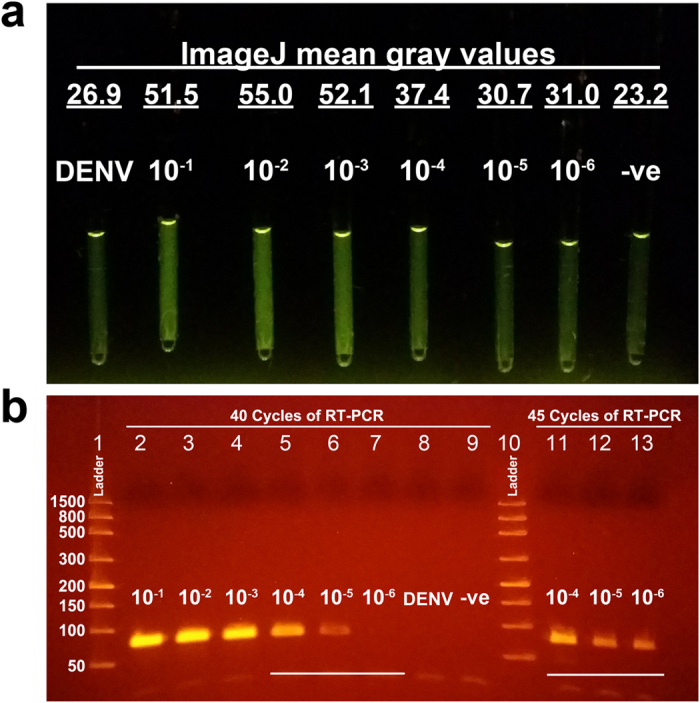Figure 5. Rapid RT-PCR of ZIKV RNA by the TTC.

RT-PCR of template RNA extracted from different concentrations of ZIKV (10−1 to 10−6 dilutions) was performed by the TTC using glass capillary tubes. Negative controls were templates from ZIKV-negative urine and dengue viral RNA. The 40-cycle reaction was completed in 11 min and 35 sec. (a) Image showing the fluorescent intensity of the glass capillary tubes as illuminated by blue LEDs. Samples as low as 10−4 can be seen as positive when compared to the negative controls. Endpoint fluorescent intensity was quantitated by ImageJ, and underlined values are mean gray values of each reaction tube. (b) A gel electrophoresis image showing the gel bands of the corresponding samples shown in panel a (lanes 2 to 9). While not identified as ZIKV-positive by the photo in panel a, the 10−5 sample shows a faint band. Lanes 11 to 13 are gel bands of amplicons from the 10−4 to 10−6 dilution templates that have undergone 45 cycles. Even the template from the 10−6 dilution sample produced a noticeable gel band. This shows that RT-PCR by the TTC can be as effective as a commercial real-time PCR system while being much faster.
